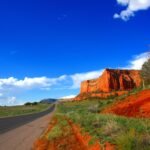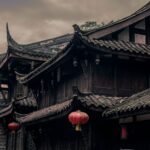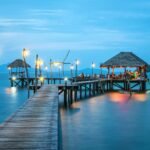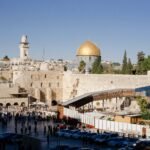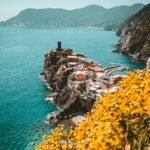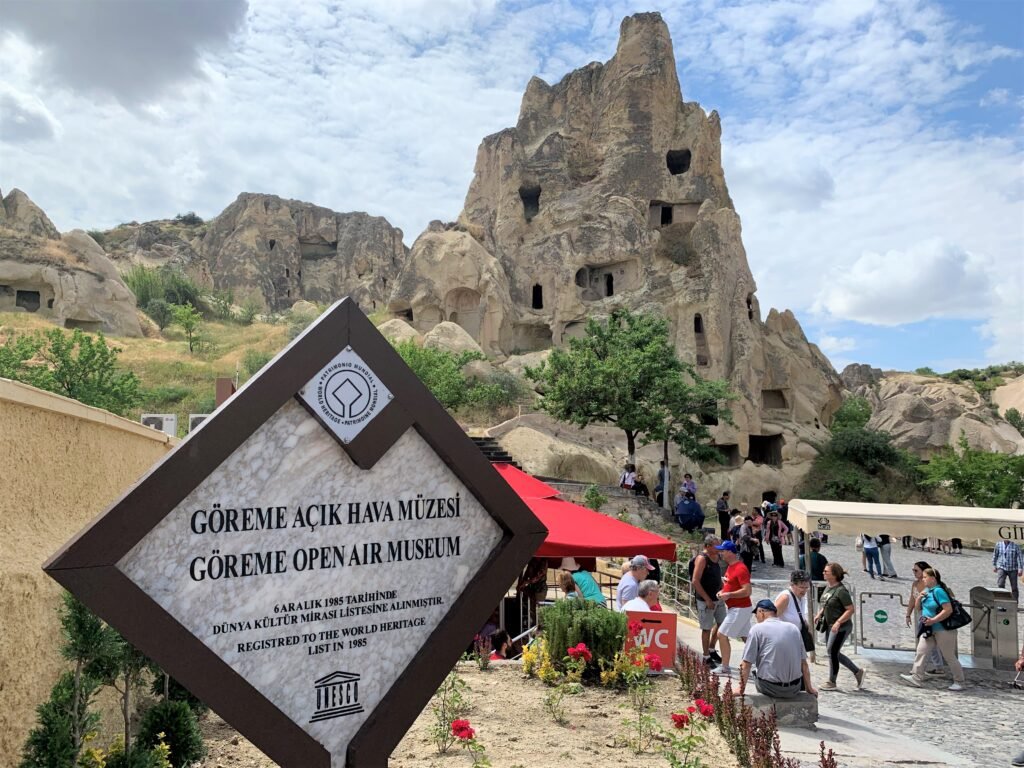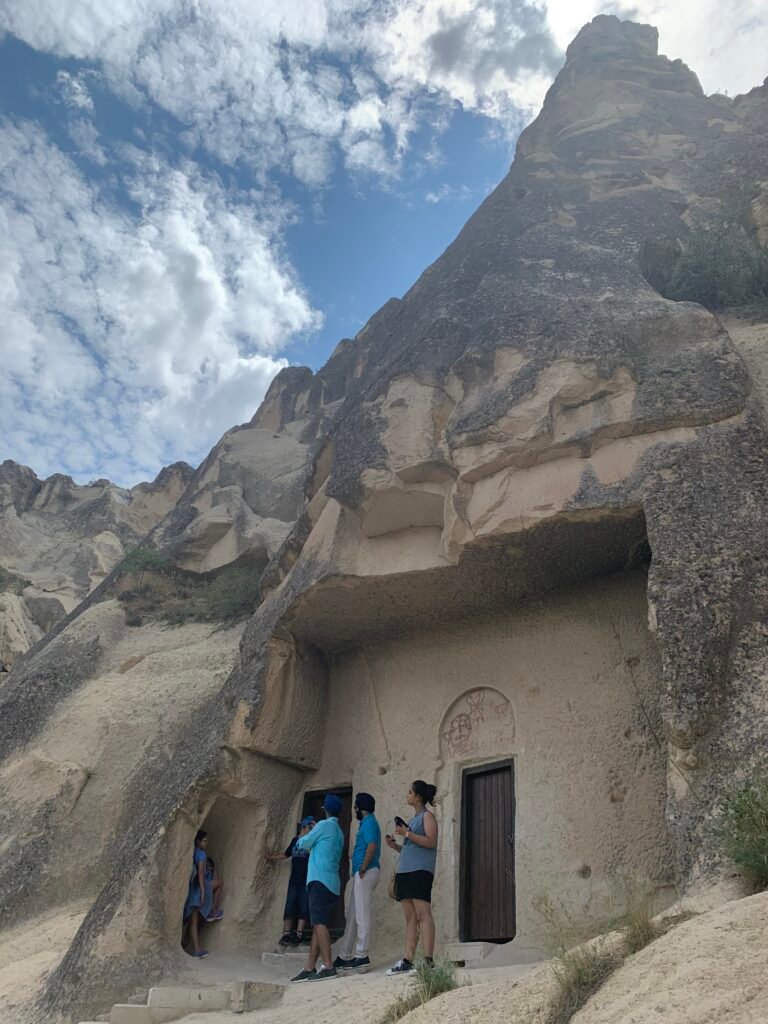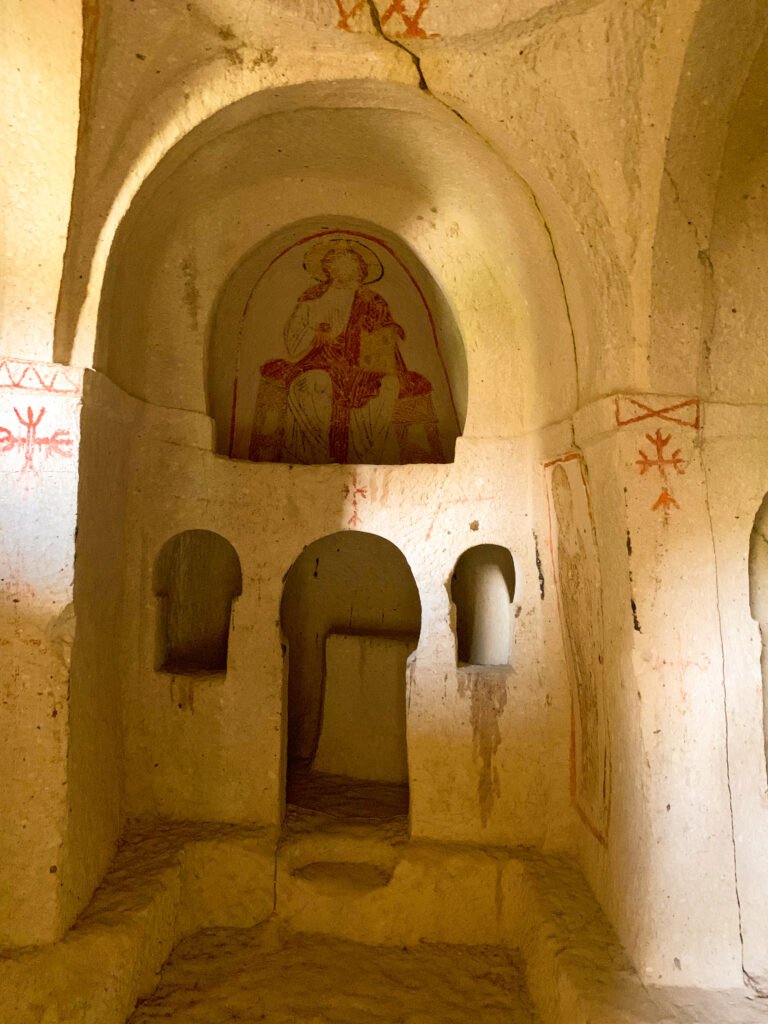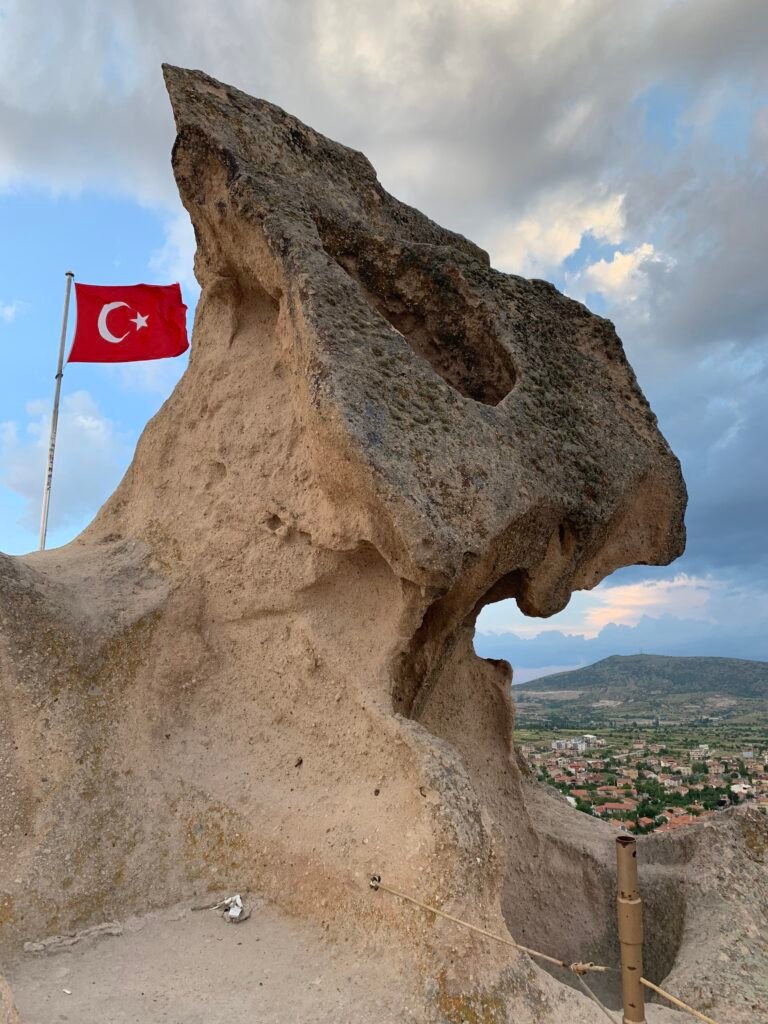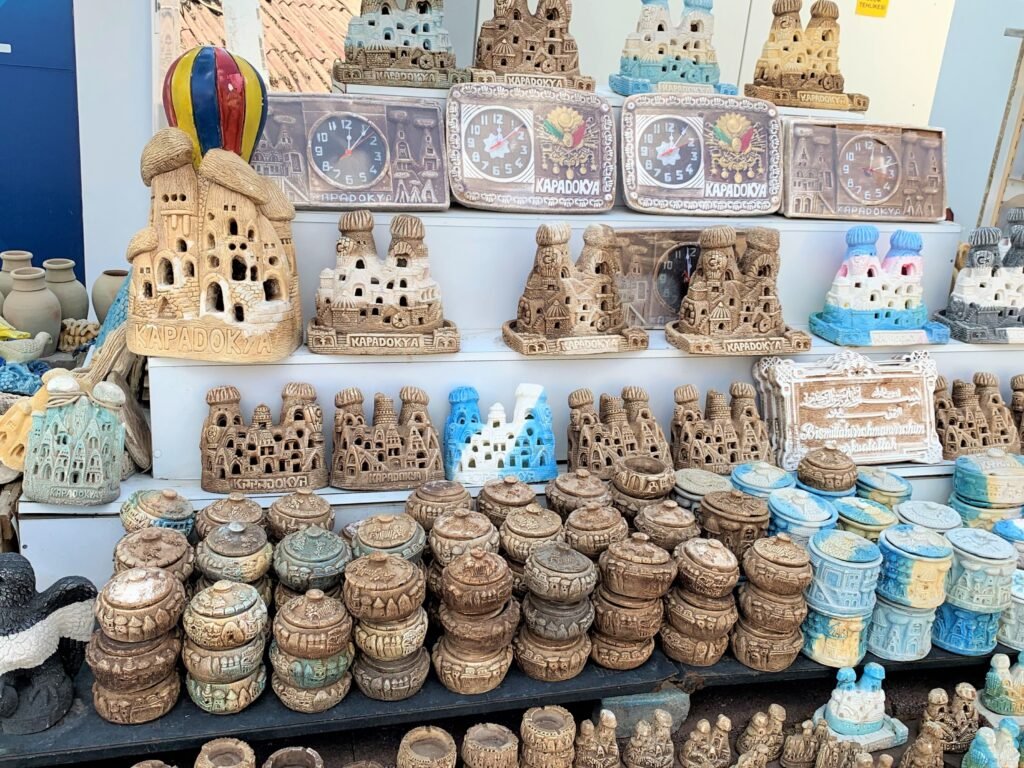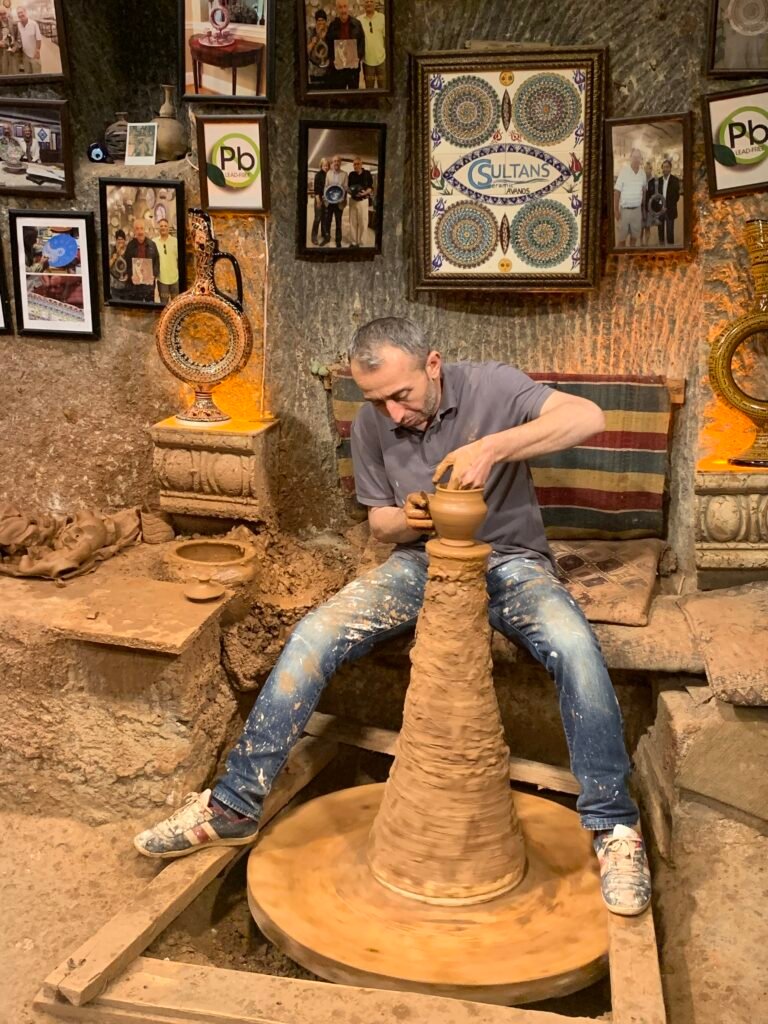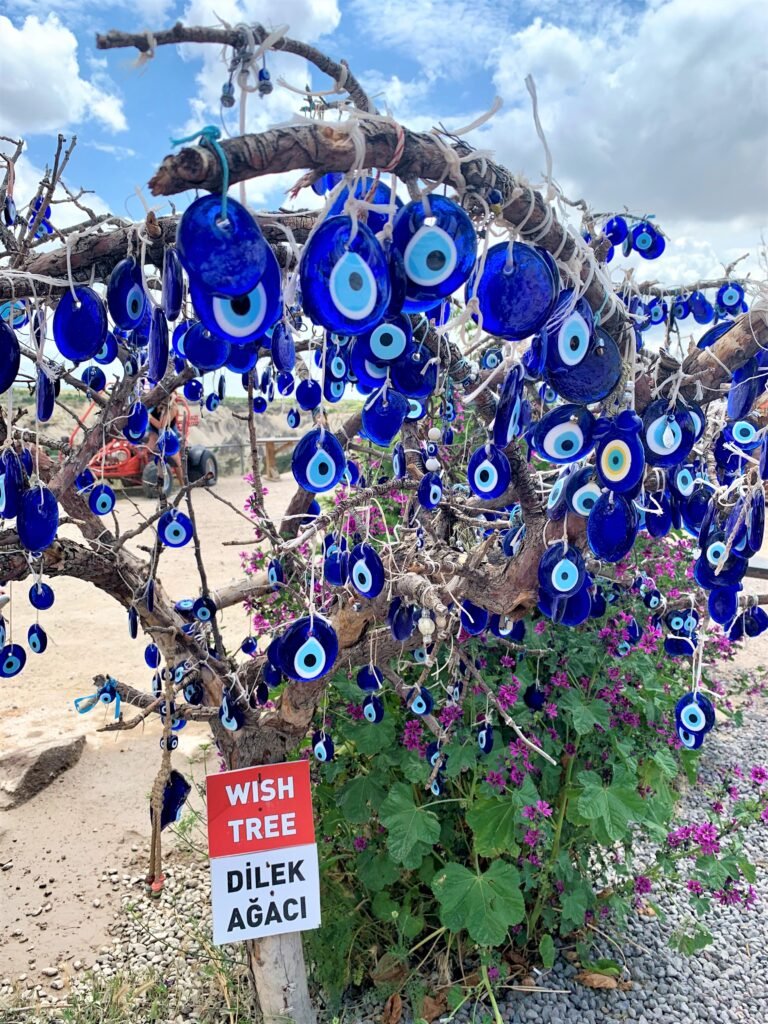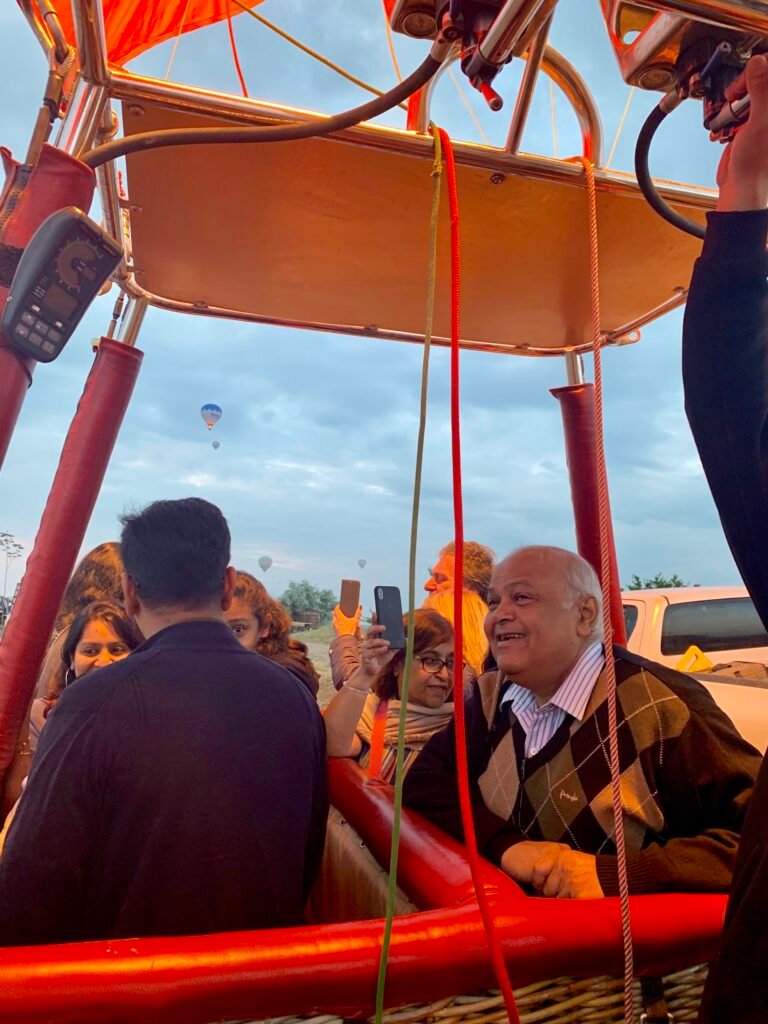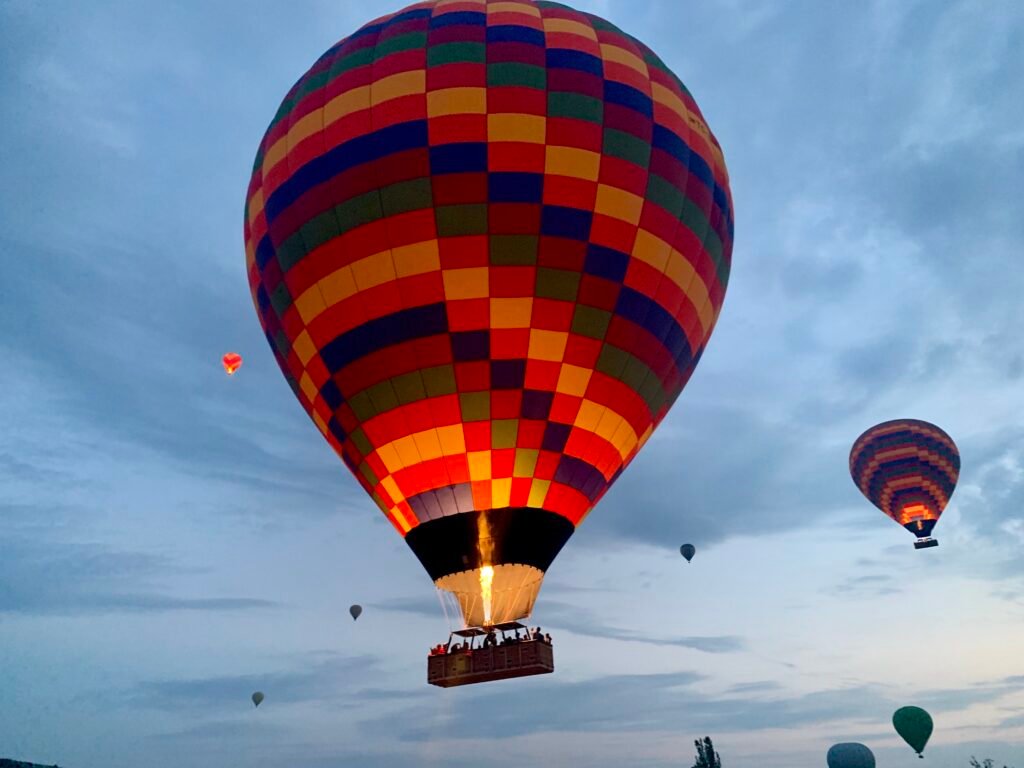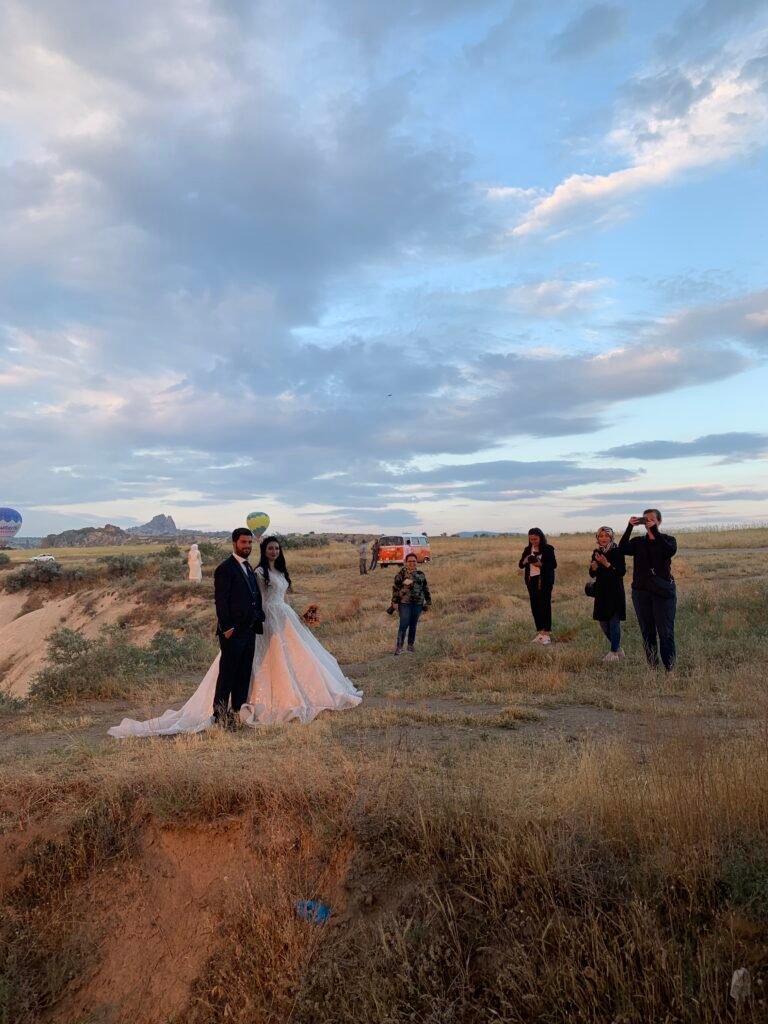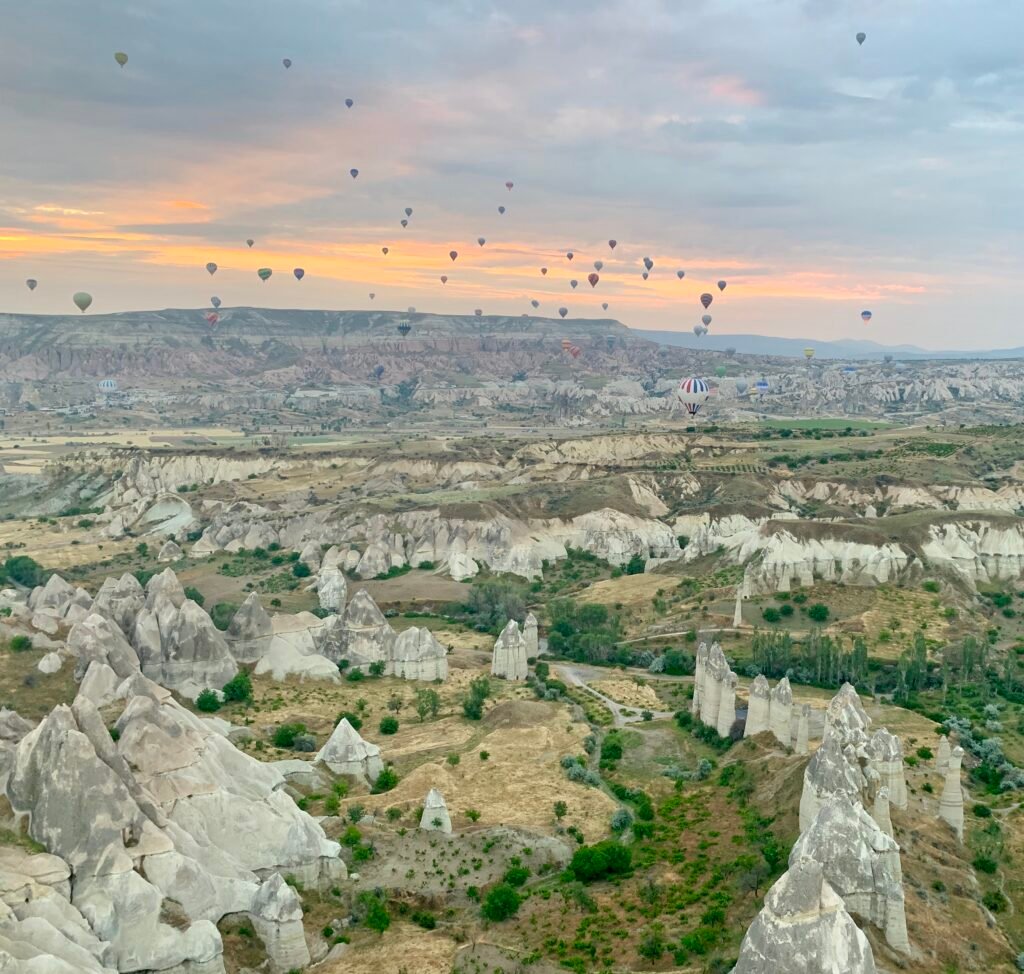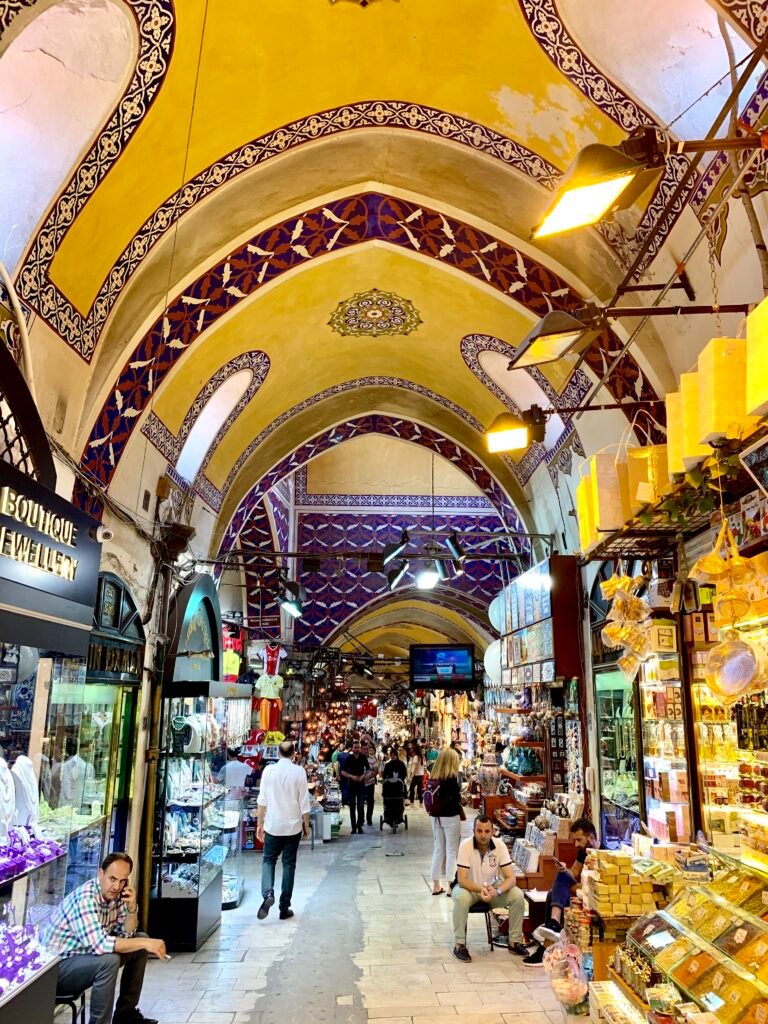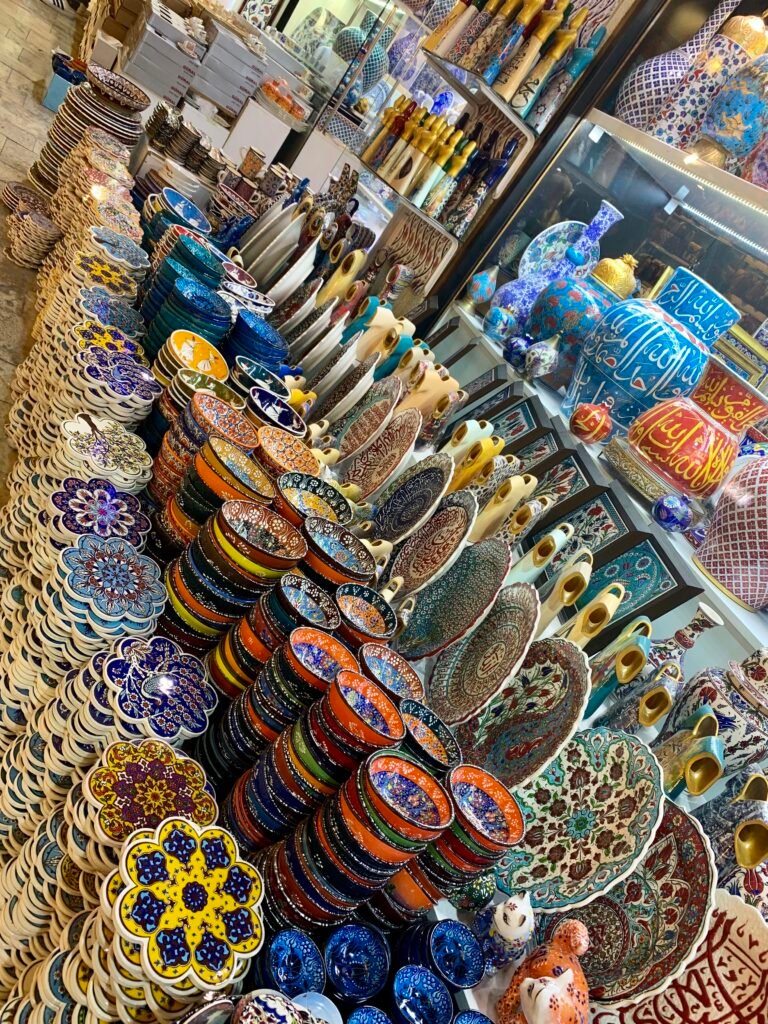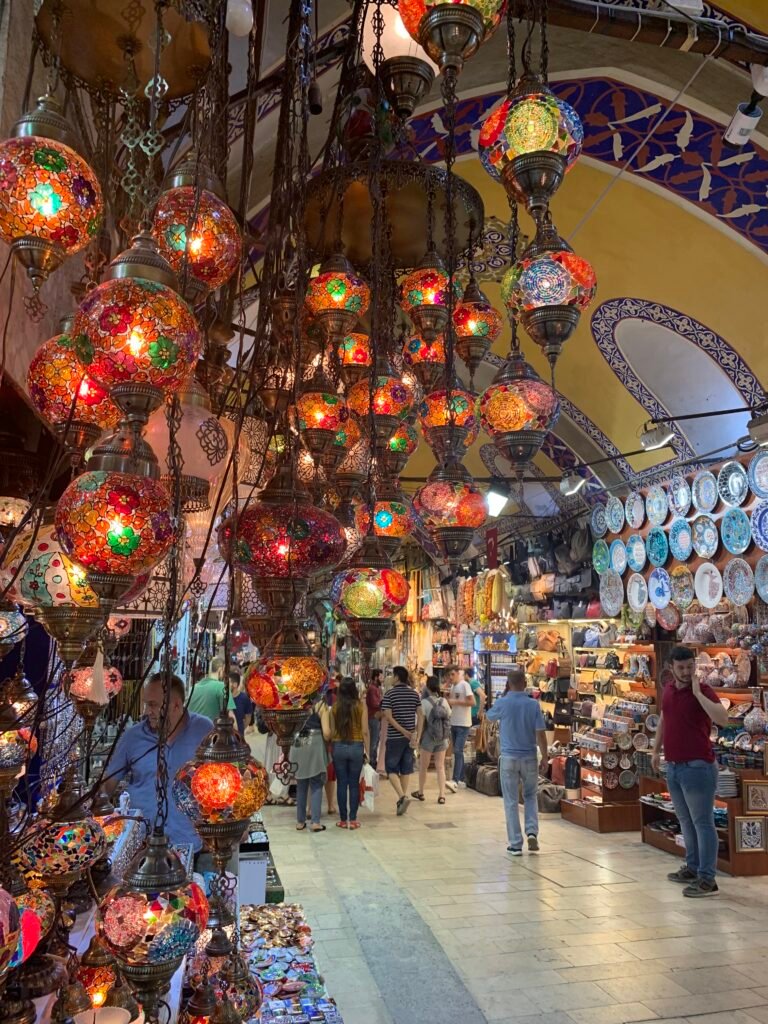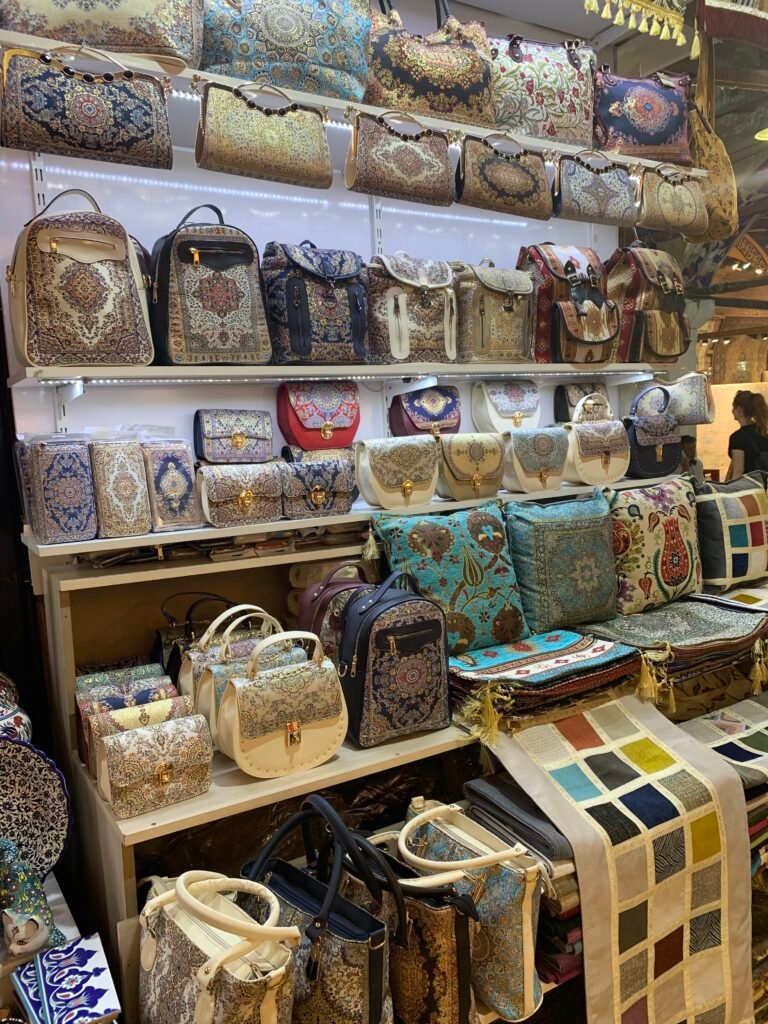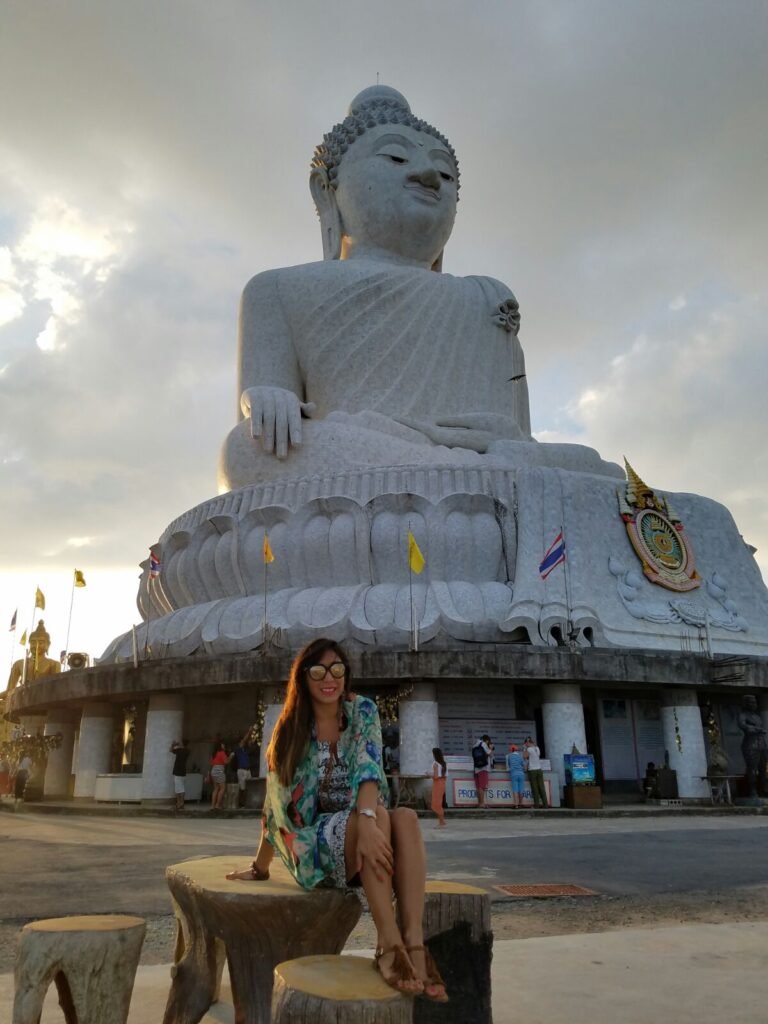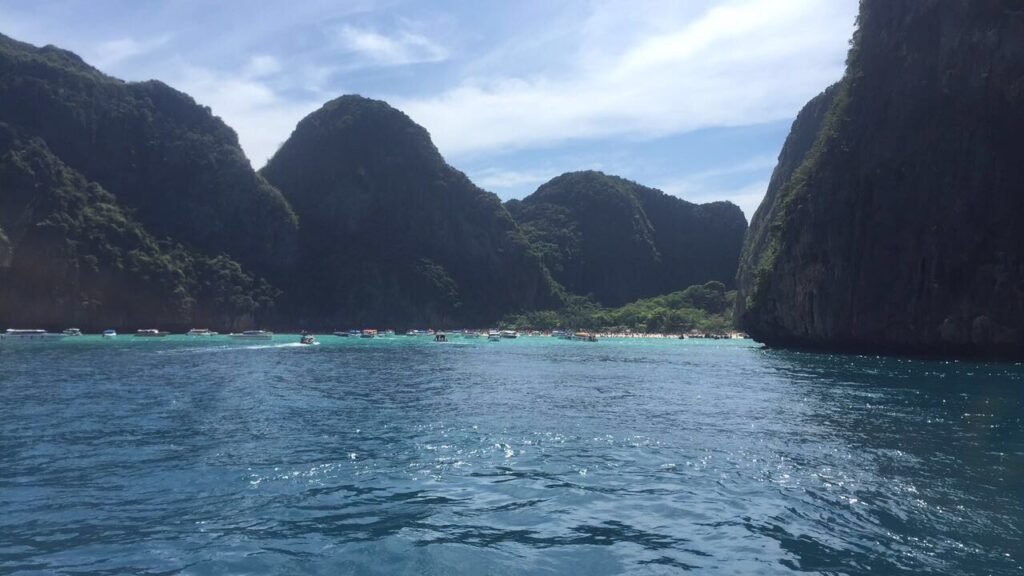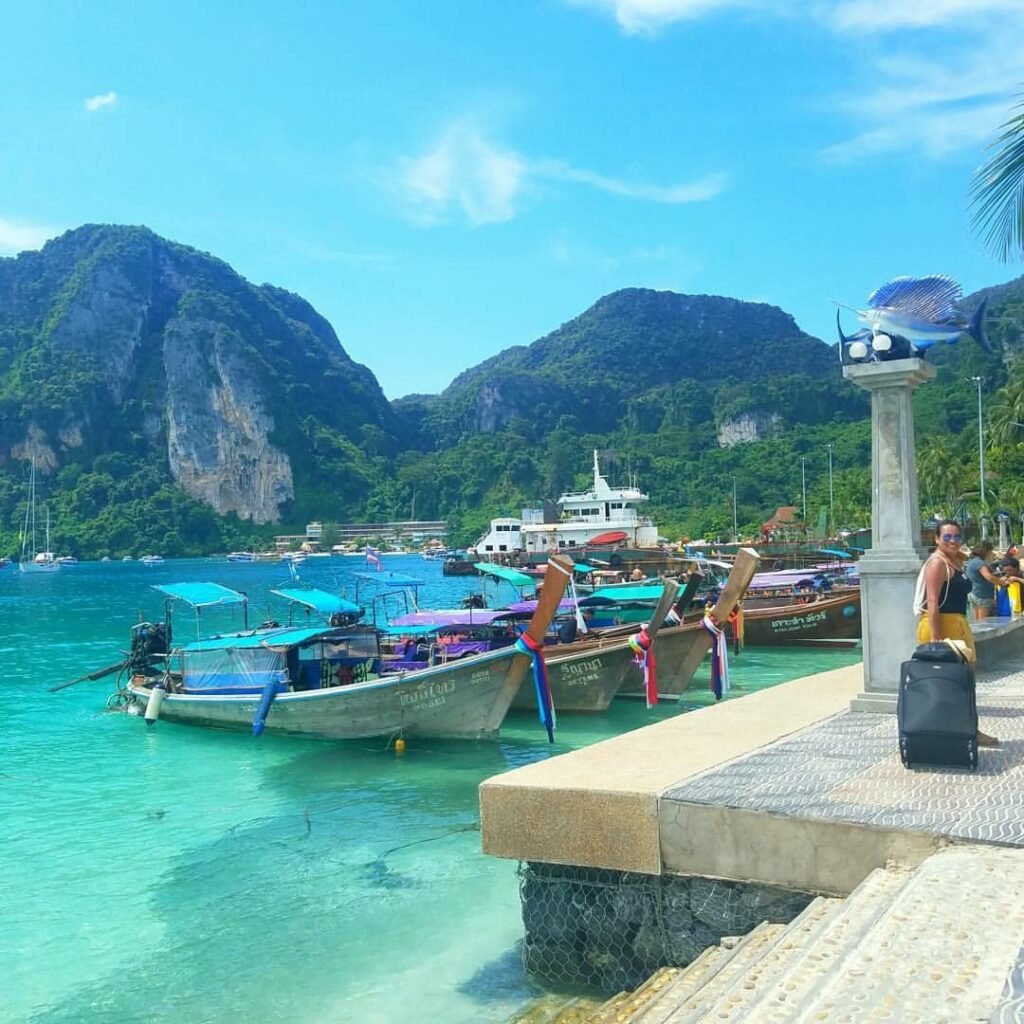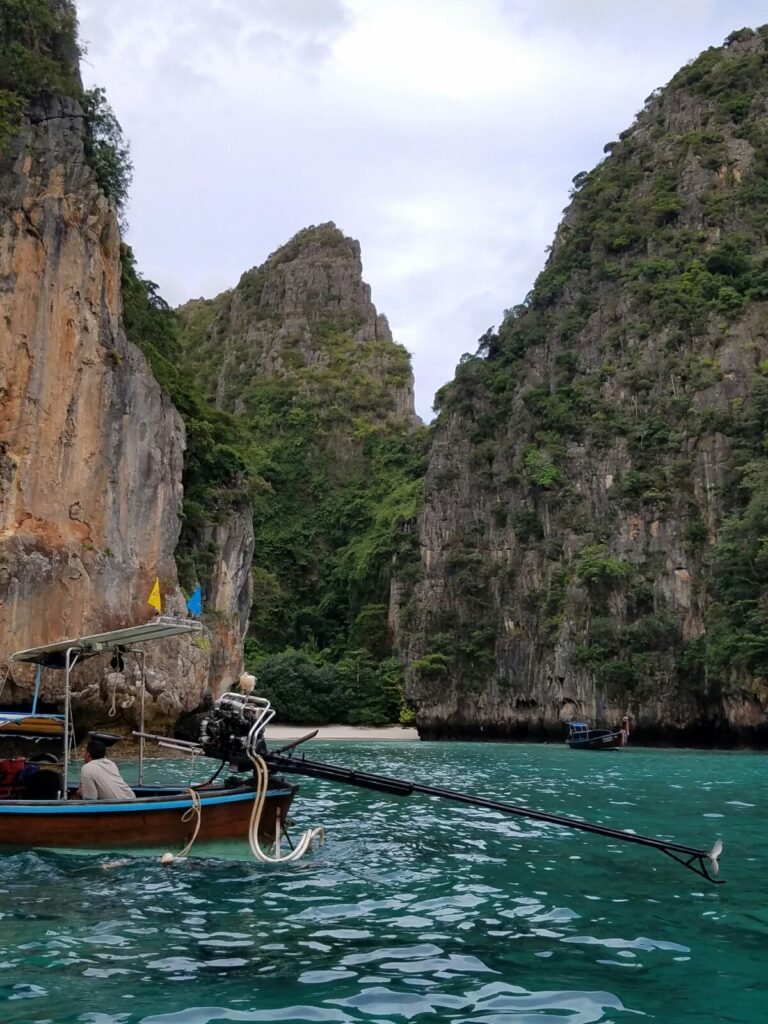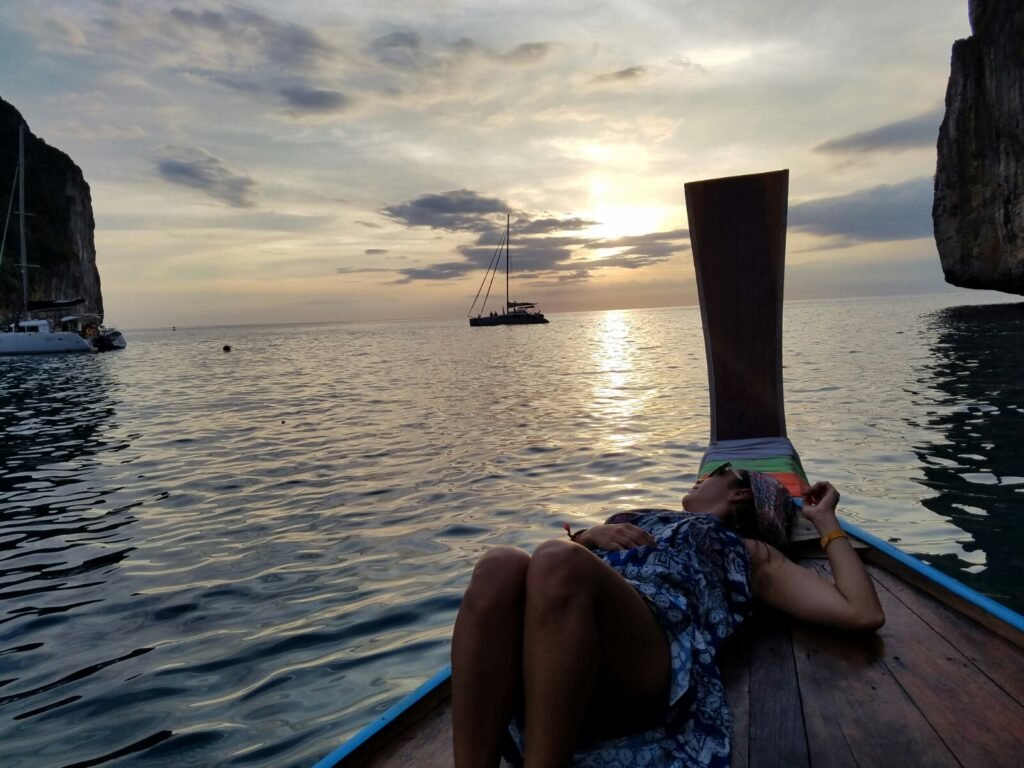I was a bird. Slowly flying over the valley. At times I descended and drew near the rock formations that resembled giant mushrooms. The sun began to see me little by little—rising up—even though the dense clouds tried to hide it. The sky lit up with its blue, yellow and pink tones.
My way was marked by a gentle breeze that caressed me. Suddenly, the noise of the burner brought me back to reality. I was not a bird. I only had a privileged view from a balcony among the clouds, connected to a gigantic hot air balloon.
I wasn’t alone. In my basket 18 tourists and two pilots stayed with me. In the sky more than 2,000 others shared my extraordinary experience in this hot air balloon festival.

Where? Cappadocia in central Turkey. It’s a site with surreal landscapes and unique geological formations, the product volcanic activity and erosion. With many dovecotes in the rock formations along with ravines, you’ll even find vineyards.
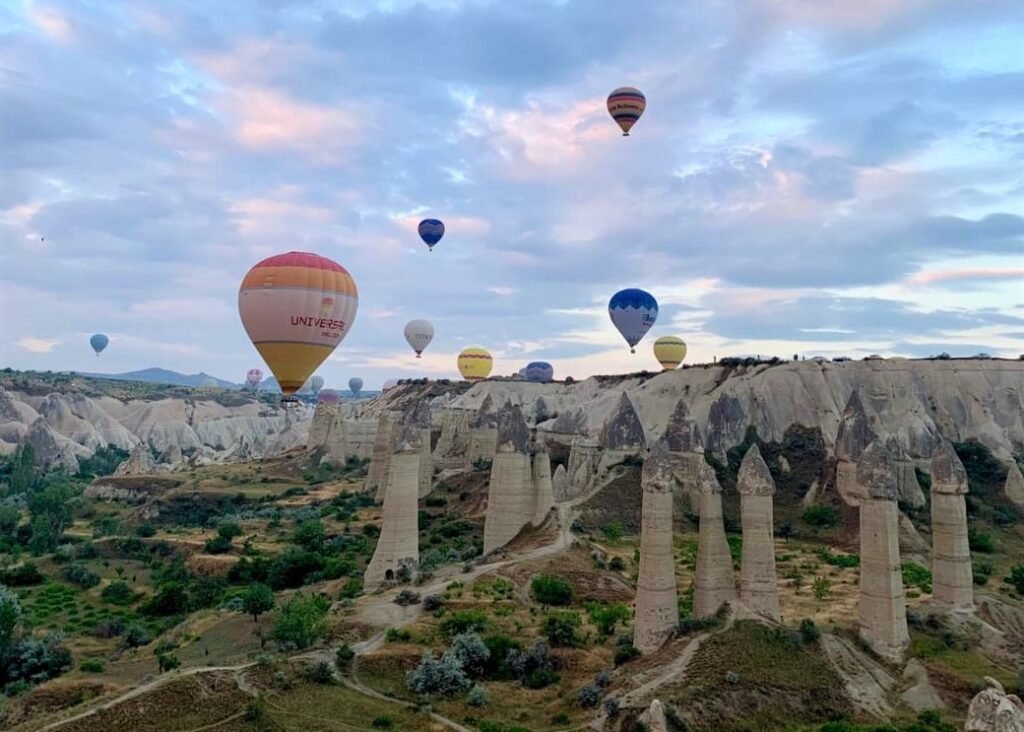
This region is considered one of the most famous in the world for its daily hot air balloon festival, since the weather conditions are “almost” always good. The pilots of the 150 balloons are able to drive through the air with great precision. I say “almost” because the very day of my tour(along with the previous day) all flights were suspended due to bad weather.
This is how my adventure—which I had planned for six months—began, with the most discouraging news. As soon as I landed at the Kayseri airport I received an email notification. The news of my hot air balloon tour cancellation and the unavailability of any tour flights for the next day left me helpless. Getting to this balcony among the clouds had become a impossible mission.
Frustration and disappointment lingered and didn’t allow me to fully appreciate the magical landscape of such a historic valley that I had encountered. I recognize that. I’m obsessive and particular about my travel experiences. However, the next day I took a tour to the villages of Goreme, Avano, Urgup and Uchisar throughout the Cappadocia region.
I found impressive chapels and churches inside caves with almost intact paintings that captured the life and crucifixion of Jesus from the fourth century. It was part of the Open-Air Museum of Goreme. Cappadocia is an ancient area, where the first Christians hid inside the caves due to the persecution of soldiers from the Roman Empire.
Cappadocia was molded by mother nature. The volcanic eruptions of millions of years ago added to erosion created these lunar landscapes. Among the Fairy Chimneys are the Castle of Uchisar, the Love Valley, Pigeon Valley and Imaginary Valley (Devrent Valley) where you can see the rock formations cast different silhouettes like mushrooms, hats or animals shapes, unlike any other place.
The locals make the area more welcoming for the tourists: swings adorn the area for the playful, trees are decorated with ceramic pots and blue eyes that repel bad vibes, souvenir shops, ice cream vendors that put on a performance while they serve you delicious ice cream and camels ready for you to hop on for perfect picture.
Taking in all what Cappadocia had to offer made me understand that the site was not just about the hot air balloon rides. Many tourists with a fear of heights don’t include it in their agenda and are enriched regardless. That said, I wasn’t about to give up on finding another hot air balloon tour. I knocked on the doors of at least 20 agencies, and I messaged a lot of pilots and tour guides on Instagram. I still couldn’t believe it. Everybody had the same answer: “There’s no openings.”
Mustafa Budak, the manager of the Hot Air Balloon Cappadocia travel agency, offered me an alternative tour. A behind the scenes intimate look of the balloon setup process before takeoff from the best possible vantage point to see all the airborne balloons in the region. My sister, a Mexican couple and I had no other choice but to accept.
The day arrived. The clock marked 3:45 a.m. and the sound of a mosque’s call to prayer woke us up. It’s never been so easy for me to get up as it was then. Immediately, Mustafa took us to an open field. Dozens of cars with baskets and tour buses were approaching.
It was dark but you could see the balloons. They looked like multicolored whales. As the minutes passed they took their giant forms with fire-heated air from the burner. Excited tourists cheered as they boarded these air cetaceans.

With the first rays of light, the balloons began to levitate. Around me about 50 stood at the same time. It was impossible not to cry because of a mix of feelings I had. They were leaving without me.


“Jessica there is only one space in the last balloon!” I was shocked by what I heard. That spot was really mine. My hands were shaking as I climbed into the basket. This ecstasy I had was shared by all tourists in our basket. Most were from India, some of whom shared this magical experience with their families via video chat.
We lifted gently off the ground. Vertigo? Fear? Motion-sickness? They were not on my mind at all. Smooth maneuvering by the pilot makes you forget such things. All that mattered was that we were floating while the rest of the world just moved below us.
Memet, the pilot, carefully steered the hot air balloon through different areas that let us fully appreciate Love Valley. We went as high as almost 800 meters and descended near enough to pass a couple who was getting married on a canyon ledge. His 9 years of experience in ballooning and 4yrs as an airplane pilot gave us the assurance that there would be no mistakes.
An hour traveling through the clouds, a perfect landing on a trailer-bed, a glass of champagne to toast this experience, the recognition of personal accomplishment and the satisfaction of a goal realized signaled the closing of this unforgettable experience, which left floating for several days.
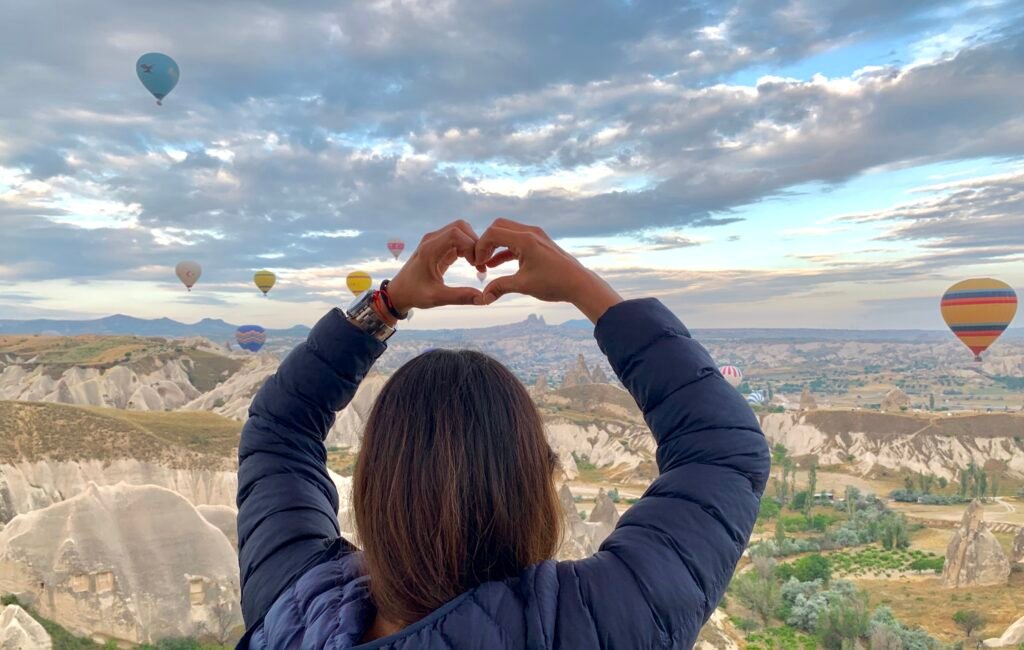
TO NOTE:
- Cappadocia has two airports: Kayseri and Nevsehir. The first is an hour and a half and the second at 45 min. Hotels offer transfer services.
- The prices of the ride in the hot air balloon vary between 180-250 dollars, depending on the capacity of the basket and the time that can be from 60 to 90 minutes.
- The best season to ride the balloons is from April to June and September to November.
- The hotel offer is wide with all kinds of accommodations. The best are the ones in the caves.

